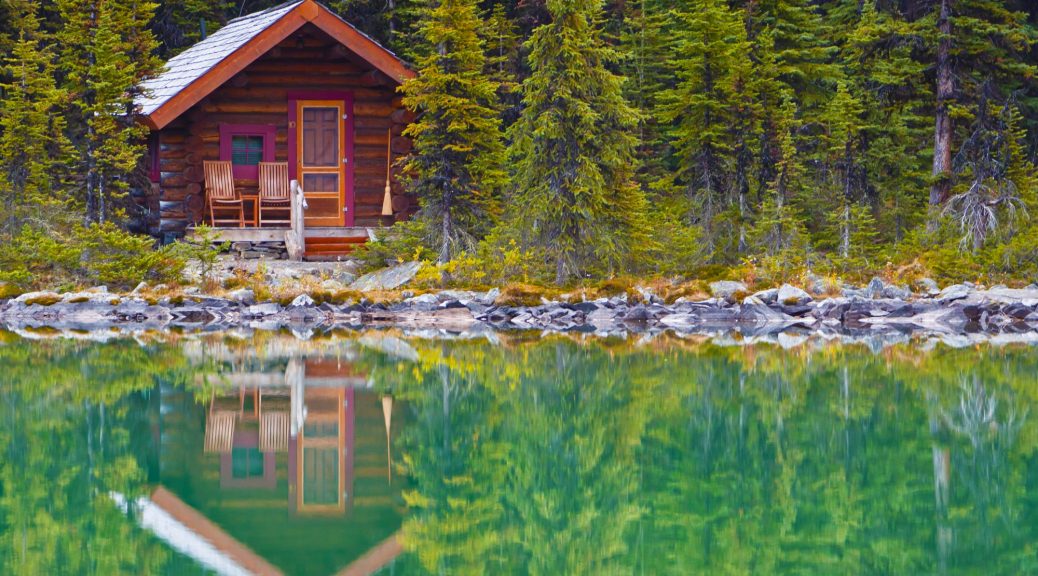Whether you’re roasting marshmallows at the campground or hanging out with friends in your backyard, bonfires are a fun way to keep warm and socialize. But fire is still a safety hazard no matter how controlled the flames may appear. Follow these 6 bonfire safety tips to protect yourself, your friends, and your property from the blaze.
- Check the weather: High winds can blow sparks and embers out of the fire and towards you and your property. Check the forecasted wind speeds before you start the fire.
- Location, location, location: Build your bonfire at least 10 feet away from combustible materials such as residential structures or low-hanging trees. Be sure to clear the area of any flammable debris including leaves and twigs.
- Feed the flames gradually: Never use accelerants such as gasoline or lighter fluid to start or build your fire. Instead, start your fire by lighting dry tinder, such as paper or cardboard, and slowly adding small sticks. As the fire grows, feed the flames with larger pieces of wood.
- Don’t play with fire: Your parents were right about this one. Keep the fire in the designated area and never take burning sticks out of the flames. Make sure any nearby children are being properly supervised.
- Be prepared to put it out: Always have some way to put out the fire at the ready. This could be a bucket of water, sand, or even a garden hose.
- Make sure it’s out: When it’s time to extinguish your fire, it’s crucial you put it out completely. Pour water or sand over the fire, ashes, and embers. Every portion of the fire needs to be cooled entirely. If it’s too hot to touch, it’s too hot to leave.
For informational purposes only and may not be applicable to all situations.



